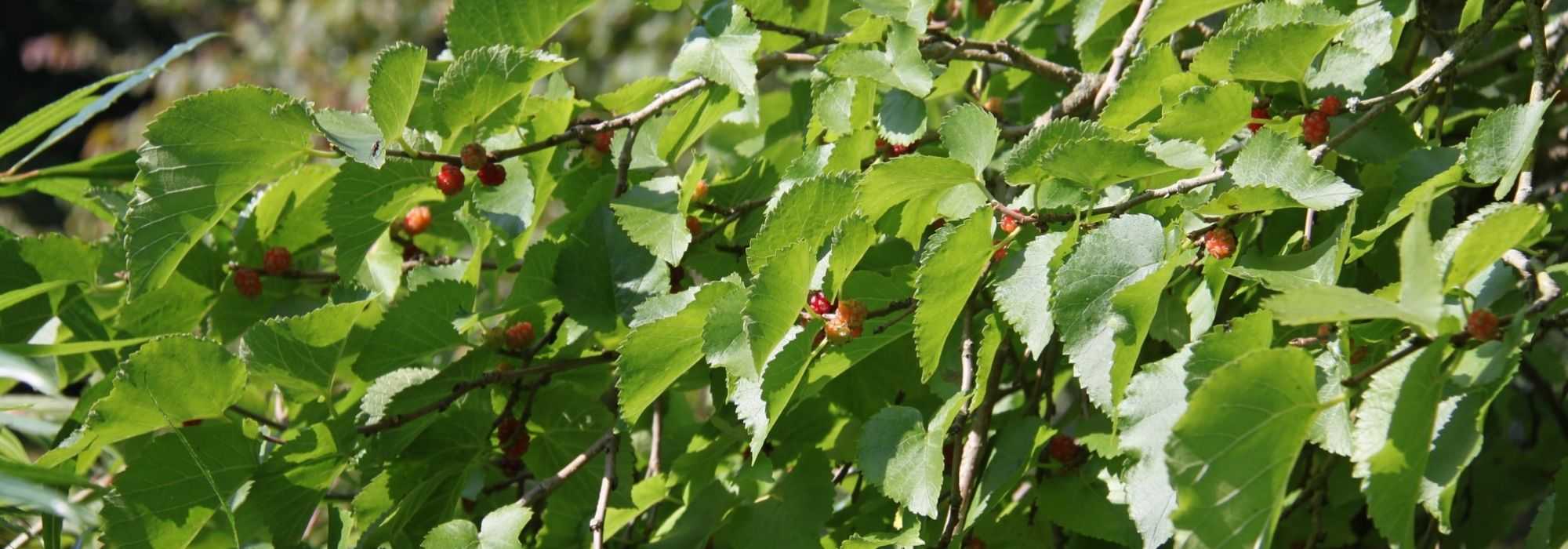
Mulberry, Morus: planting, pruning and care
Contents
Mulberry in a nutshell
- Mulberry is a small tree producing delicious, juicy, sweet fruits
- Tree of mild climate, it is nevertheless fairly hardy and very drought-resistant
- Morus enjoy sun and well-drained soil
- Cultivated for centuries, mulberries hold economic and cultural importance in Europe and Asia
- Trees with a graceful habit, they provide attractive shade in the garden and a picturesque presence
A word from our expert
Mulberry trees have been cultivated since time immemorial for their juicy, sweet fruits called… mulberries. But they have also assumed significant economic importance in Asia and Europe, notably concerning sericulture, the rearing of bristle worms.
Shunned and forgotten for several decades, they are nevertheless charming, picturesque small trees. Quite hardy enough to be cultivated throughout the territory provided they are given well-drained soil, they also prove very resistant to heat and drought.
Essential oil of sun above all, mulberry trees are at ease when proudly enthroned at the centre of a short grass meadow, thereby providing welcome, healthy shade in summer, especially in the case of an Asian mulberry with particular foliage and branches: the Plane-leaved Mulberry. But they can also be tried within an orchard or, why not, right in a free, fruiting and original hedge.
These small trees thrive in any rich soils that remain fairly cool in summer yet well drained, in a sunny situation well protected from cold winds.
Description and botany
Botanical data
- Latin name Morus sp.
- Family Moraceae
- Common name Mulberry, black mulberry, white mulberry, plane-leaved mulberry
- Flowering May to June
- Height up to 12 m
- Sun exposure sun
- Soil type well-drained, loose and deep
- Hardiness -15°C
Mulberries originate from temperate and subtropical regions of Asia, Europe, Africa and America, in short they are present across the entire Northern Hemisphere. These small trees belong to family Moraceae and, like all members of this family, they produce latex in their tissues. The genus Morus comprises 17 species of trees and bushes with deciduous leaves. Some are cultivated for their fruit, others for sericulture (silkworm rearing), but all are highly ornamental. The most famous and commonly encountered in gardens are black mulberry, white mulberry, red mulberry and plane-leaved mulberry.
Black mulberry or Morus nigra originates from Iran and has been cultivated in Europe, Asia and America for production of dark purple to almost black mulberries, unfortunately very fragile and therefore little marketed. It has a thick trunk and a very compact crown. Leaves of black mulberry are polymorphous, that is they do not all have the same shape on the same shoot.
White mulberry or Morus alba, for its part, originates from China and has been cultivated since antiquity for sericulture, the rearing of silkworms. Indeed, caterpillar of the silk moth (Bombyx mori) feeds exclusively on mulberry leaves. White mulberry can produce fruit that are white, pink, yellow, purple or black depending on variety. In reality, it is the white colour of the floral buds that earned it this vernacular name.
Red mulberry or Morus rubra originates from North America and often hybridises with white mulberry. This hybridisation and canker disease have led to its status as endangered in the wild. This mulberry bears bright red fruit and, with age, develops a twisted appearance.
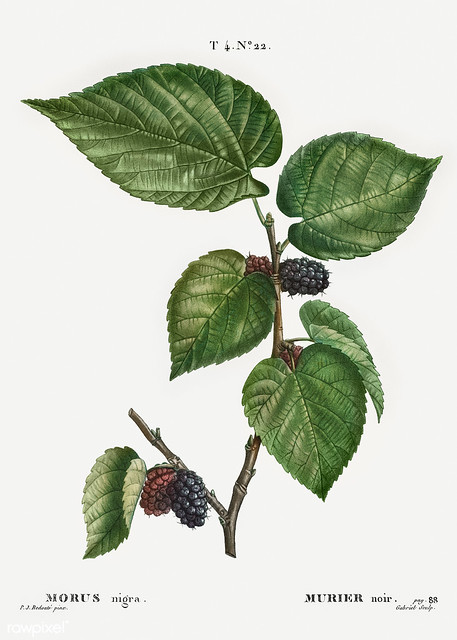
Morus nigra – botanical illustration by Pierre-Joseph Redouté
Plane-leaved mulberry or Morus australis (formerly called Morus bombycis or Morus platanifolia) originates from China and has foliage resembling that of a plane tree. Widely used as an ornamental, it also produces edible mulberries. Plane-leaved mulberry is sometimes called Morus kagayamae. It is botanically very close to Morus indicus.
Mulberries are bushes or medium-sized trees, generally reaching only 10 metres high in cultivation or in our gardens. Some can nevertheless reach 30 metres high in the wild.
Leaves are simple, alternate, stipulate and deciduous. Lamina can vary in shape depending on species but is most often rounded or heart-shaped at the base and more pointed at the apex. Foliage is either entire or deeply palmately lobed. In autumn, foliage takes on a particularly bright golden-yellow hue.
Flowers appear in spring, from April to May, and are greenish and gathered in short spikes. They are either male or female but on the same tree because it is monoecious. Once fertilised, flowers transform into an aggregate fruit, formed of numerous small globular drupelets, tightly packed: known as “mulberry”. Each drupelet arises from a tiny unisexual flower. Fruits from trees cultivated and selected for fruit production measure about 2 cm long, but those of wild trees are smaller, about 1 cm long. They can be harvested from June to September depending on species and varieties.
Seed is pale yellow or brown, and has an envelope in two layers: a hard brittle outer layer, the testa, and a thin slightly brownish inner layer, the tegmen. Seed size varies depending on species. Optimal temperature for germination ranges between 27 and 30 °C.
Age of sexual maturity is reached after 5 to 10 years. Mulberries generally grow slowly (about 3 m in twenty years for Morus nigra) but live a long time: from 100 to 500 years, sometimes more. White mulberry, however, grows fairly quickly in its early years before slowing later.
please note : Shrub named “paper mulberry” has been moved to genus Broussonetia and is therefore no longer a mulberry. In addition, people often exclaim: “Mulberry heavens!” when they spot fruits of a bramble (Rubus fruticosus) — a slip of language caused by the clear resemblance of those fruits to true mulberries. Be original, call them another name (I suggest “bramblettes”!) and so spare botanists from depression.
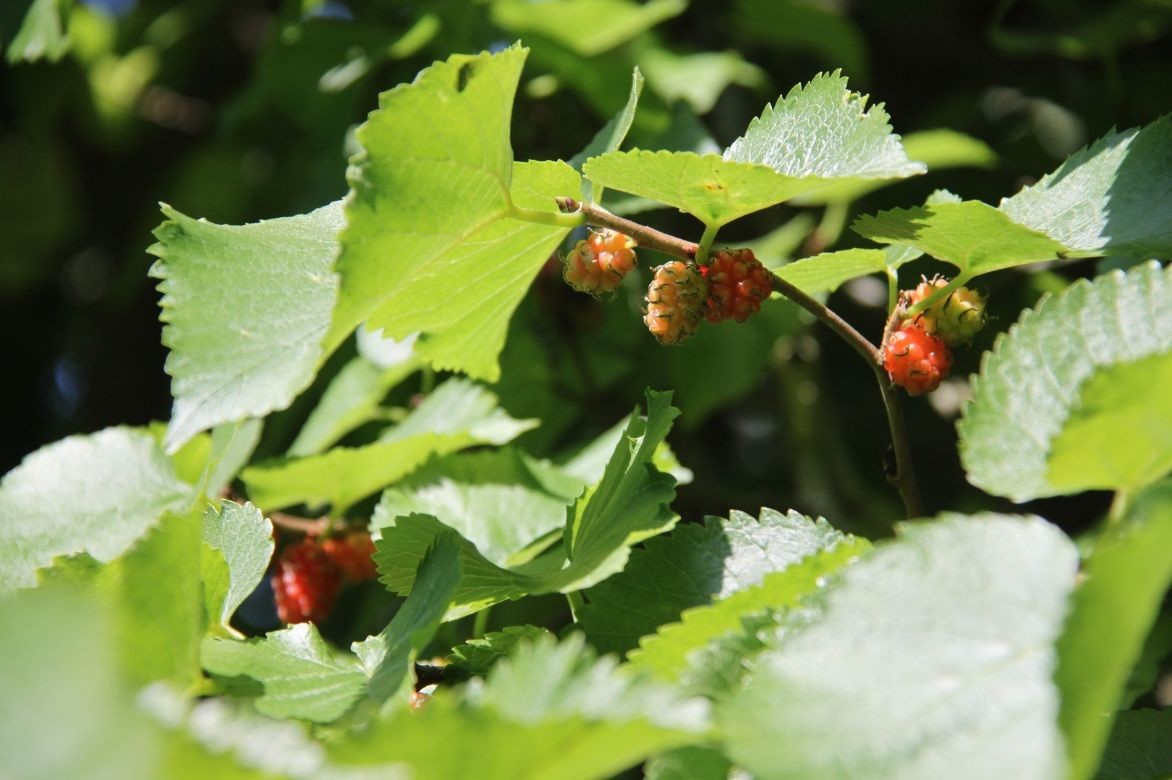
Fruiting of the black mulberry
Best varieties
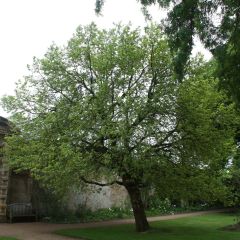
Morus nigra - Mullberry
- Flowering time June, July
- Height at maturity 12 m
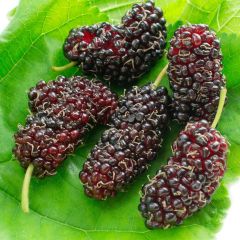
Morus acidosa Mulle - Mullberry
- Flowering time June
- Height at maturity 4 m
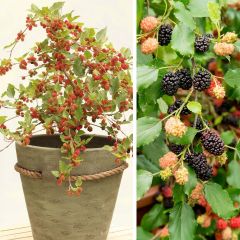
Morus rotundiloba Mojo Berry - Mullberry 7.5L/10L pot, Clump 30/40cm
- Flowering time May to September
- Height at maturity 1,50 m
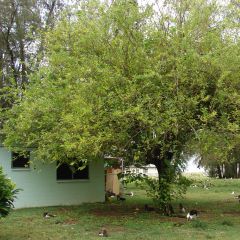
Morus alba - Mullberry
- Flowering time May, June
- Height at maturity 10 m
Discover other Morus - Mulberry
View all →Available in 2 sizes
Available in 2 sizes
Available in 1 sizes
Available in 5 sizes
Available in 1 sizes
Available in 1 sizes
Available in 1 sizes
Available in 1 sizes
Available in 1 sizes
Available in 1 sizes
Planting a mulberry tree
Where to plant a mulberry?
Mulberries prefer light, deep soils. This tree dislikes standing moisture which makes it more sensitive to frost and causes the roots to rot. Although it tolerates drought very well, it grows much better in soils that remain cool during summer.
Mulberries are sun- and warmth-loving trees. They need protection from cold winds in less favourable areas. Young shoots can sometimes be sensitive to frost.
Do not plant Morus lightly because their roots are very fragile and they hate being moved. So choose the location of your tree carefully.
Well known in southern France, mulberry also grows on the Atlantic coast. However, it is rather intolerant of sea spray, while it withstands wind and tolerates urban pollution.
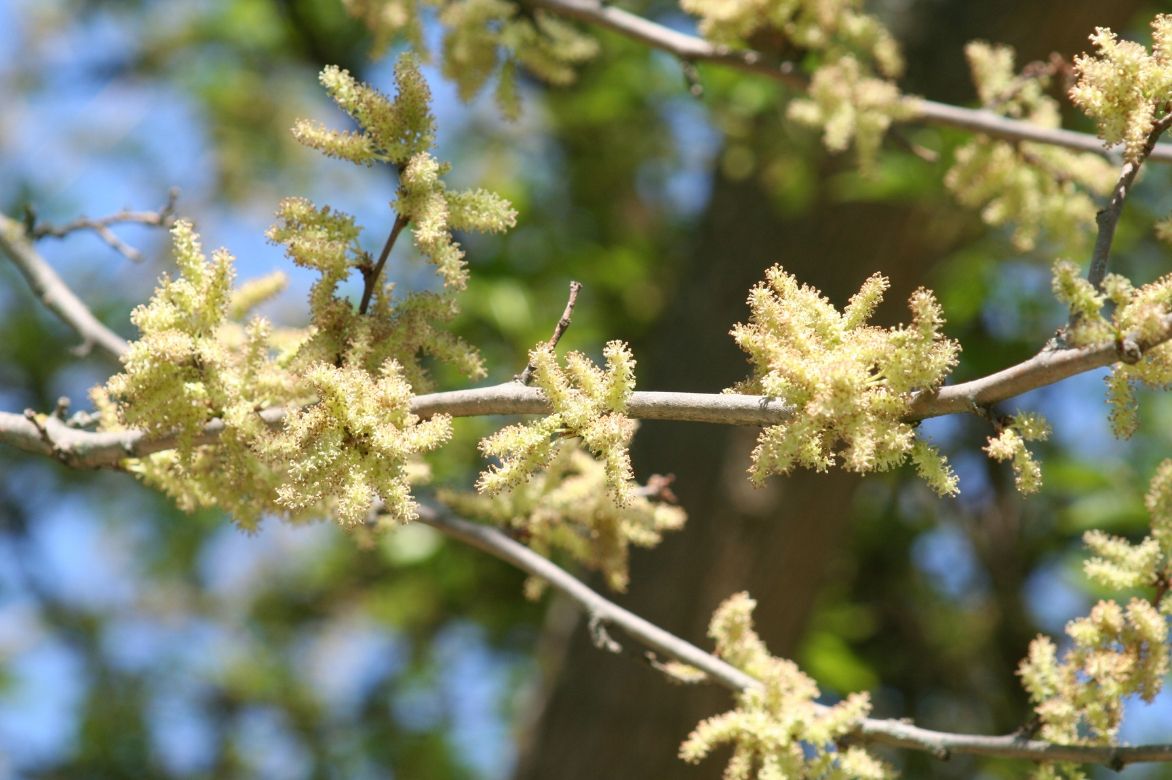
Flowering of the White mulberry
When to plant?
Mulberries are best planted in autumn or early spring, especially in cooler areas. It is still possible to plant outside these periods but watering must be maintained during first year. And do not plant during heatwaves or frosts!
How to plant?
- Immerse the pot of your new mulberry in a bucket of water for a few minutes to re-wet the root ball
- Dig a hole twice as deep and twice as wide as the root ball
- Add three to four handfuls of well-rotted compost to the bottom of the hole
- If your soil is heavy, you can add some sand, even gravel, to the bottom of the hole
- Start to loosen the root ball a little to free the roots. Do this gently by hand or with a small hand fork so as not to damage the roots as they are very fragile
- Place the remainder of the root ball in the bottom of the hole, spreading the roots out well
- Fill the hole with the excavated soil, previously loosened
- Gently firm the soil around the tree with your hands (not your feet!)
- Pour in 10 litres of water to reduce the risk of “air pockets” between roots and soil
- Apply a mulch to protect the young tree, or plant a few small groundcover plants at its base.
Maintenance, pruning and care
Care
Mulberry trees require very little care apart from applying mulch and a few waterings in the year of planting.
Pruning
Remove at the end of winter (February–March) dead, diseased or poorly placed wood. You can also “green pruning“, that is pruning during growing season before the leaves fall to promote better healing.
Always prune lightly to avoid weakening the tree or preventing it from fruiting.
Possible pests and diseases
Few diseases or pests can affect mulberry trees. However, some mealybugs may be seen on the bark or under the leaves during warm, humid springs, with little harm to the tree. If this concerns you, you can dislodge mealybugs using a stiff-haired brush or spray a solution of liquid black soap, vegetable oil and alcohol at a rate of one teaspoon of each in 1 l of water. Repeat the operation every day for a week.
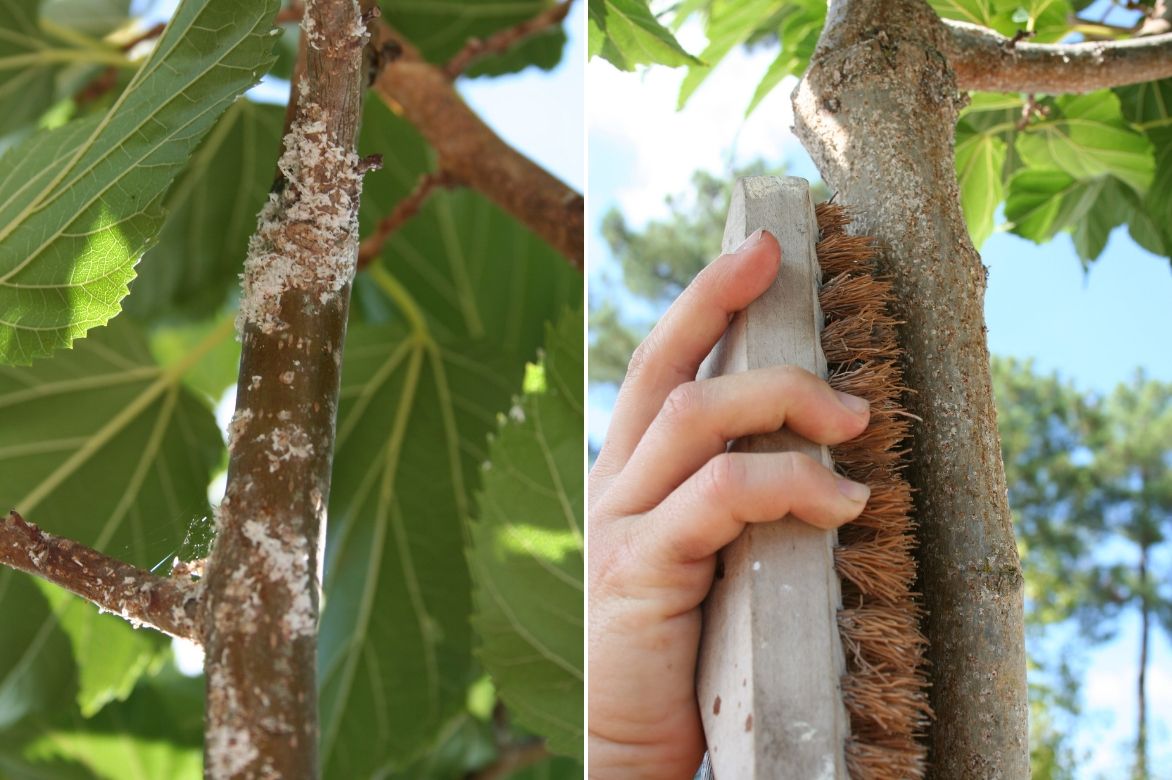
Use of a stiff-haired brush to remove mealybugs from a mulberry
Multiplication
By sowing
Seeds need winter stratification to germinate. They should therefore be soaked in water for 4 days, then placed in moist sand for at least two months in cool conditions (2 to 5 °C). Afterwards, sow in a light but consistently moist substrate (potting compost + sand) at 20 °C. When seeds have germinated, pot on strongest seedlings. Planting in ground can be done the following spring.
By propagation by cuttings
Select semi-ripe shoots in summer and place them in light potting compost, keeping them covered to retain humidity. When signs of growth (new leaves) appear, you can attempt planting in ground the following spring (or the spring after if unsure).
In autumn, under a cold frame, try single woody cuttings in moist sand. Pot on young plants that have rooted the following spring into permanent position.
Companion planting with mulberry in the garden
As a solitary specimen
With its spreading habit and twisted appearance, Black mulberry will surely be a focal point as a solitary specimen in centre of your short grass meadow. Its beneficent shade can shelter at its base a few heucheras such as this pretty Heuchera ‘Caramel’, Brunnera macrophylla ‘Jack Frost’, epimediums such as the dainty Epimedium rubrum with pink and white flowers and some carex with evergreen and bright foliage such as Carex oshimensis ‘Evergold’.
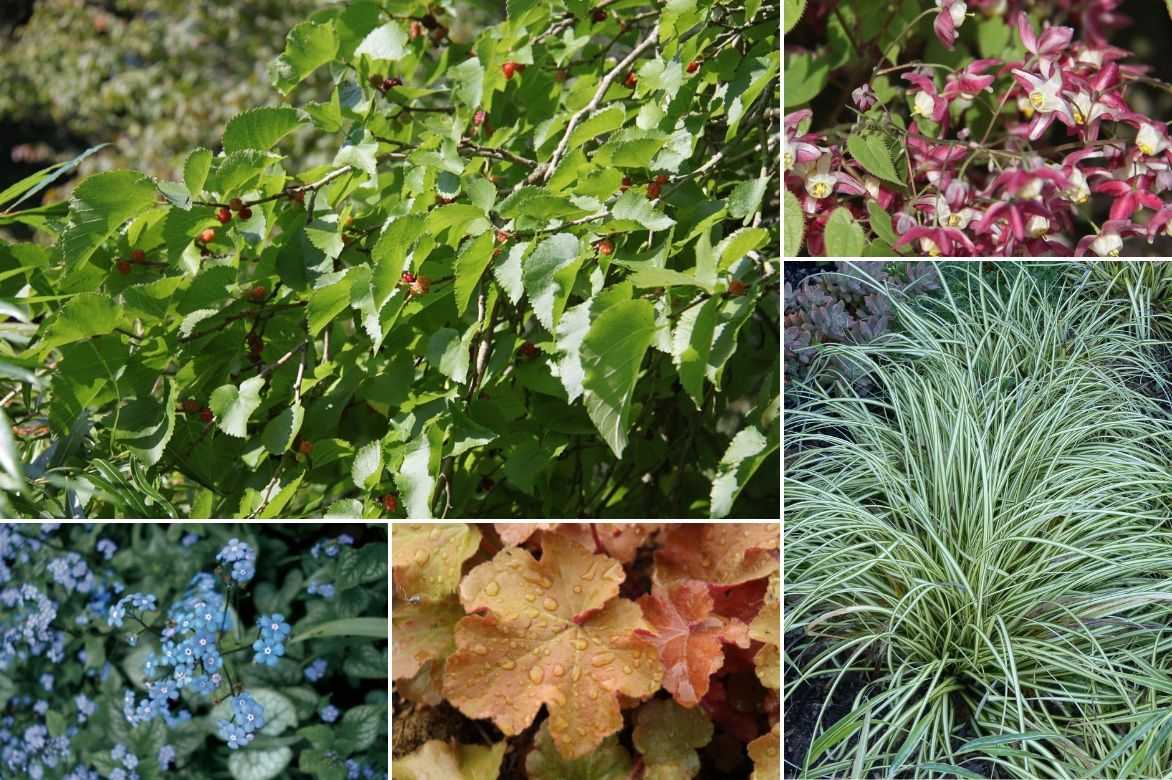
A planting idea: Morus nigra, Epimedium rubrum, Carex oshimensis ‘Evergold’, Heuchera ‘Caramel’ and Brunnera macrophylla ‘Jack Frost’
Place bench under your tree to meditate in shade or, better, a table and two chairs to have breakfast in summer. You could then help yourself to a few fresh mulberries. But beware! These little fruits stain, turning your clothes into a new collection from a well-known brand…
In an edible hedge
An informal hedge is nice! A flowering informal hedge is better! An informal hedge that gives us good fruit throughout the year is absolutely perfect! Among blackthorns, a mirabelle ‘Ruby’ with an open habit, a medlar with its very particular fruits, some very productive hazels such as ‘Géant de Halle’, Amelanchier lamarckii and one or two Cornus mas ‘Jolico’ with huge cornels, you could easily slip in a beautiful and tasty Korean mulberry ‘Mulle’ whose fruits will delight you all summer. All these bushes will form an informal hedge, requiring little maintenance (a little pruning for a few inconvenient branches), and will also help create habitat for birds and small mammals.

An example of planting in an edible hedge: Morus acidosa ‘Mulle’ accompanied by blackthorn, medlar, Cornus mas ‘Jolico’ (male cornel), mirabelle ‘Ruby’, hazel (for example ‘Géant de Halle’) and Amelanchier lamarckii
Potted on the terrace
No garden or no space left? Or do you find that all your fruit trees end up too far from the kitchen? Why not try setting up a little orchard branch on your terrace with small fruit trees in pots? Hop! A dwarf mulberry like this surprising Morus rotundiloba ‘Mojo Berry’, a mulberry that stays very small while producing tasty fruits all summer. You can place next to the mulberry, in another pot, a charming dwarf plum ‘Goldust’. Fancy figs on your terrace? It’s possible with fig tree ‘Ice Crystal’, a self-fertile fig suitable for container culture. All around them you can arrange a lovely collection of culinary herbs in pots: mint, sage, rosemary, thyme… They will attract pollinators while repelling some pests and will be within easy reach for the kitchen.

An example of a potted combination: Morus rotundiloba ‘Mojo Berry’, Plum ‘Goldust’ and Fig ‘Ice Crystal’
Michael likes this little mulberry so much he even wrote an article: Dwarf mulberry ‘Mojo Berry’: a dwarf fruit tree with delicious fruits all summer.
Did you know?
- Some species of mulberry, notably white mulberry, are cultivated solely for leaves used to rear the silkworm, which is the caterpillar of a handsome moth: the mulberry silkworm (Bombyx mori). Sadly, this cultivation suffered unfair competition from synthetic textiles (as did all other plant-based textiles…), which is why fewer white mulberries are seen nowadays.
- Mulberry fruit is very fragile and therefore rarely marketed. Only way to eat them is to plant a mulberry in your garden.
- You can make wine, liqueur, jellies, jams and even spirits from mulberry fruit.
- Leaves of black and white mulberries can also be consumed as an infusion: this is the genuine “mulberry leaf tea” and not the herbal tea made from bramble leaves.
- Because of antioxidant potential of mulberry leaves, they are the subject of medical research.
- Among Native Americans, wood of red mulberry was used to make bows.
- A plantation of mulberries is called a « mûraie » or « mûreraie ».
- To harvest mulberries, simply stretch a cloth beneath the tree and shake it gently.
Useful resources
Frequently asked questions
-
My mulberry isn't fruiting. What can I do?
Mulberry trees take at least five years before they flower and therefore bear fruit. If your tree isn't very young, it may be in the wrong place. Fruit trees should be planted in full sun and sheltered from cold, dry winds to flower well. Soil that is too heavy and very clayey also slows its development and may even kill it in the short term. Furthermore, some varieties sold commercially may be sterile and therefore do not produce fruit: this is the case of plane-leaved mulberry 'Fruitless', often recommended for people who do not want messy fruit littering their patio.
-
I live in the north. Can I try growing a mulberry?
Yes, mulberry trees are hardy enough to be planted throughout the country. Just bear in mind that these trees need sun, well-drained soil and protection from cold winds, especially in early spring.
- Subscribe!
- Contents
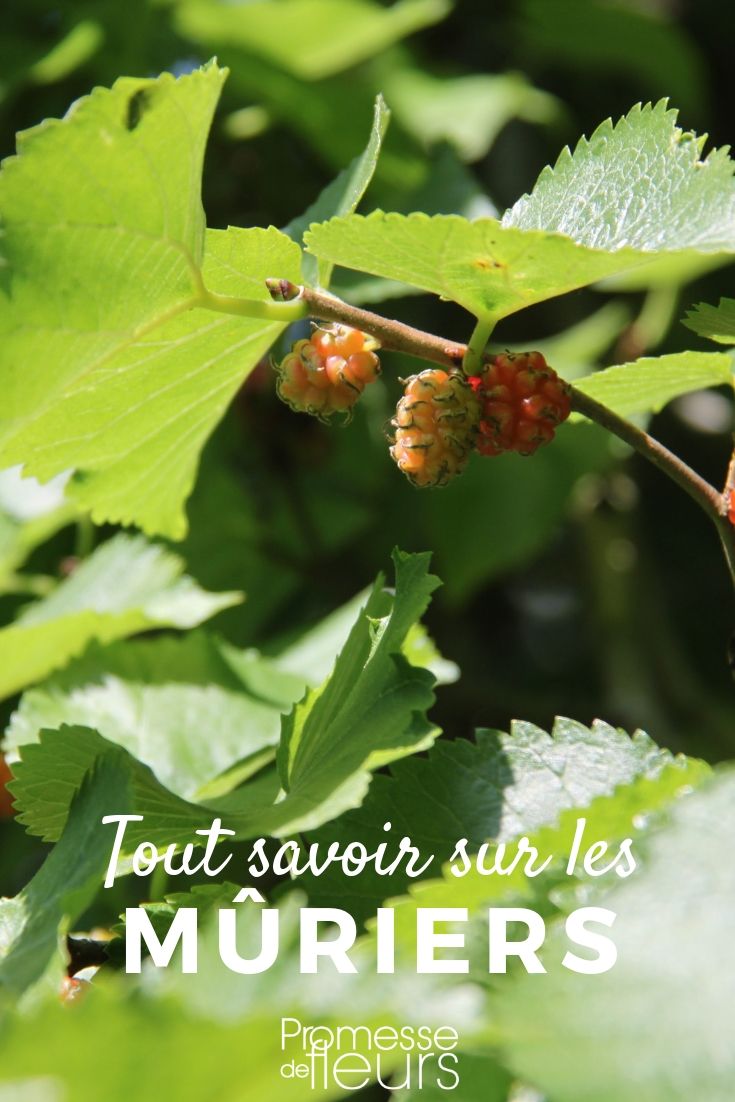

































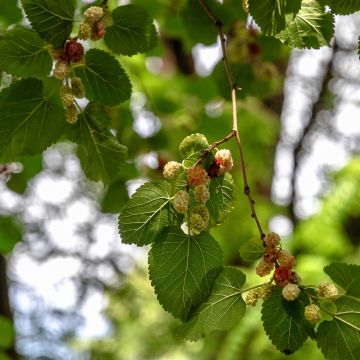

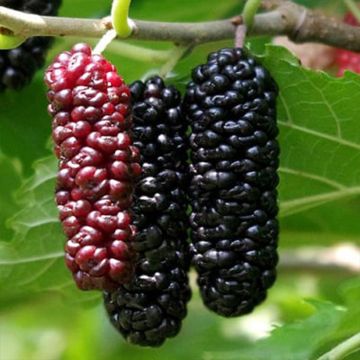
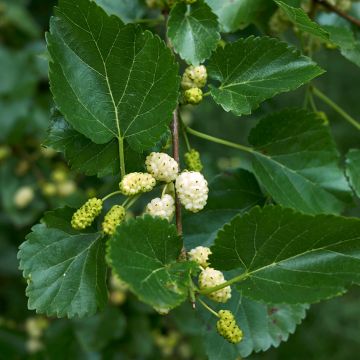
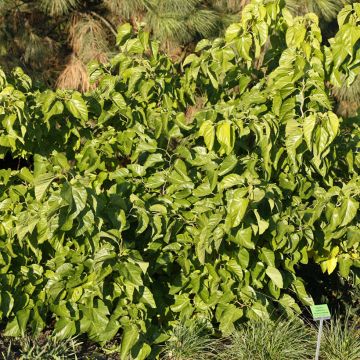
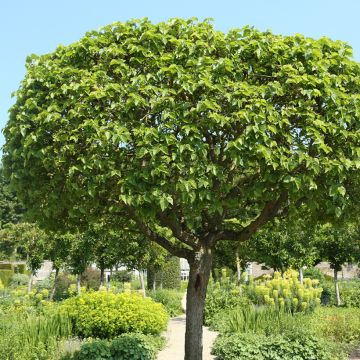
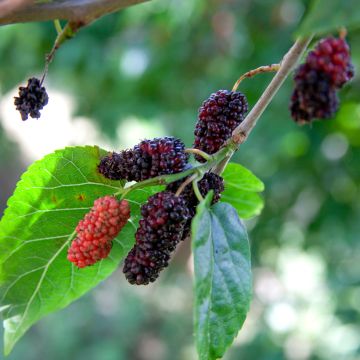
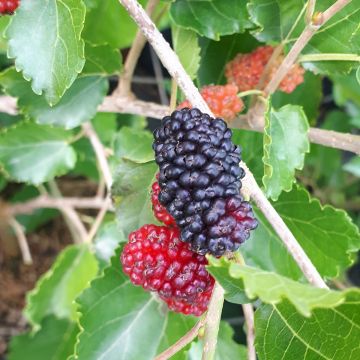
Comments